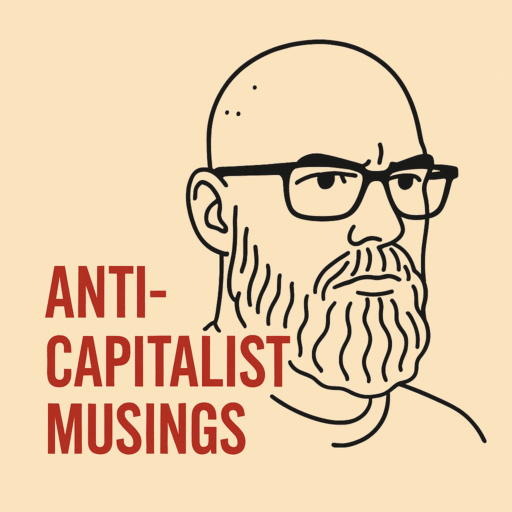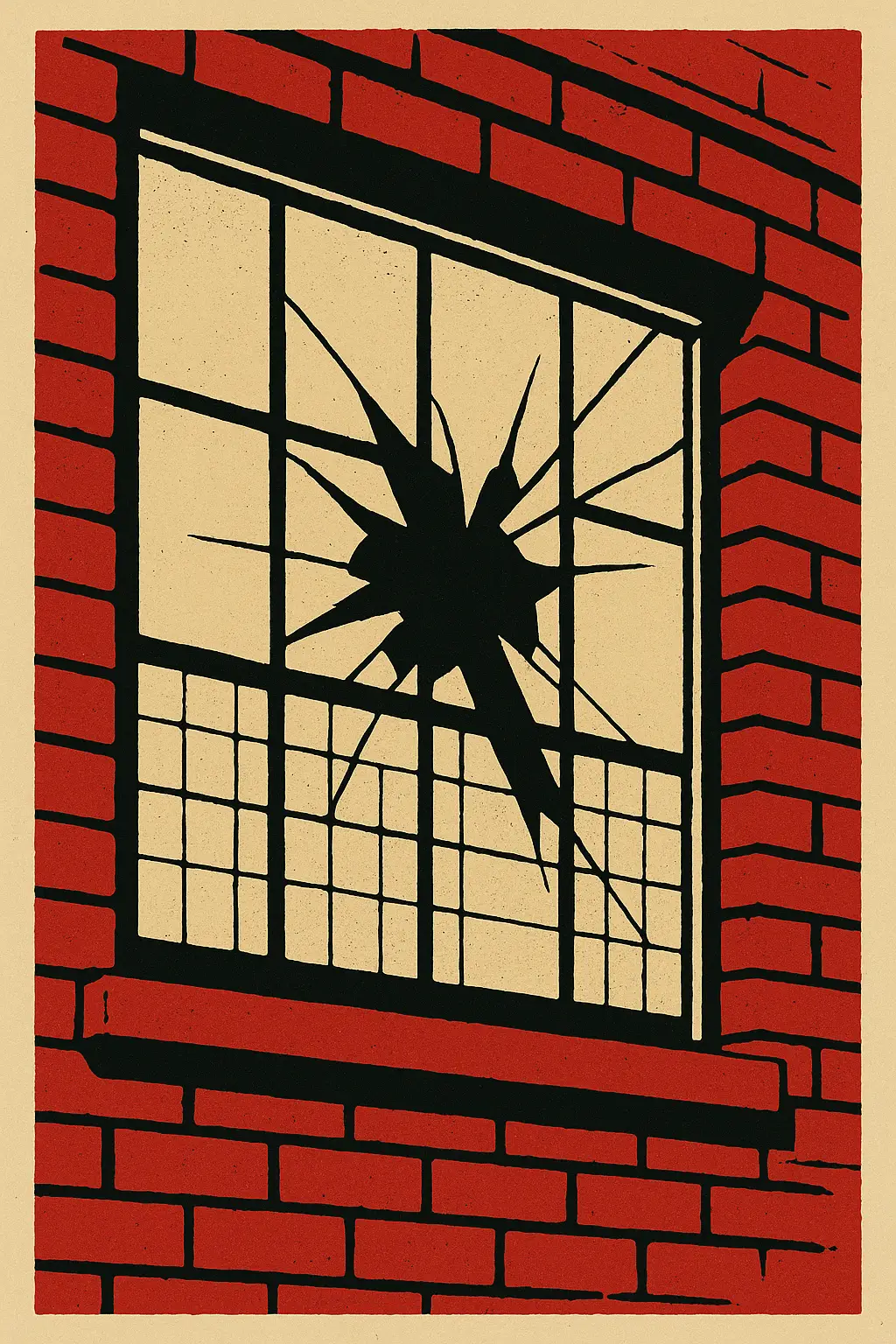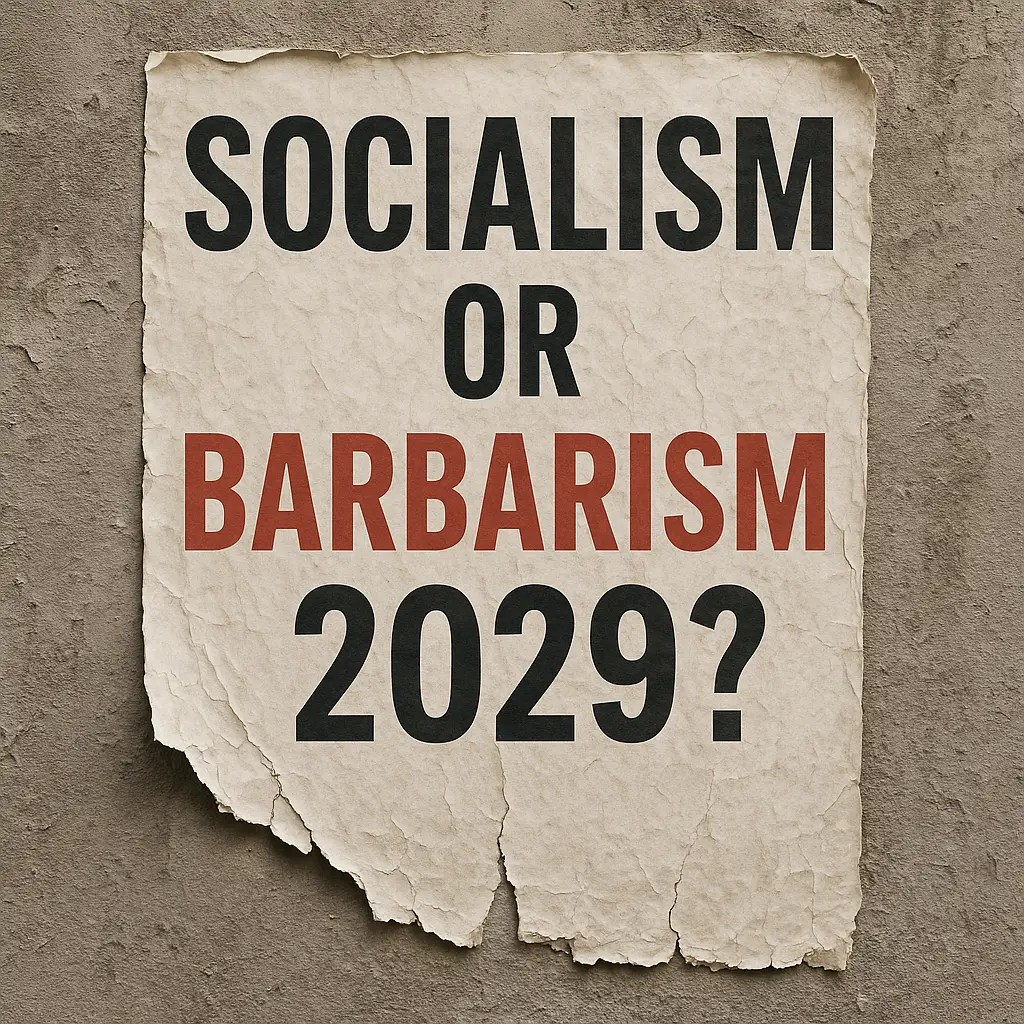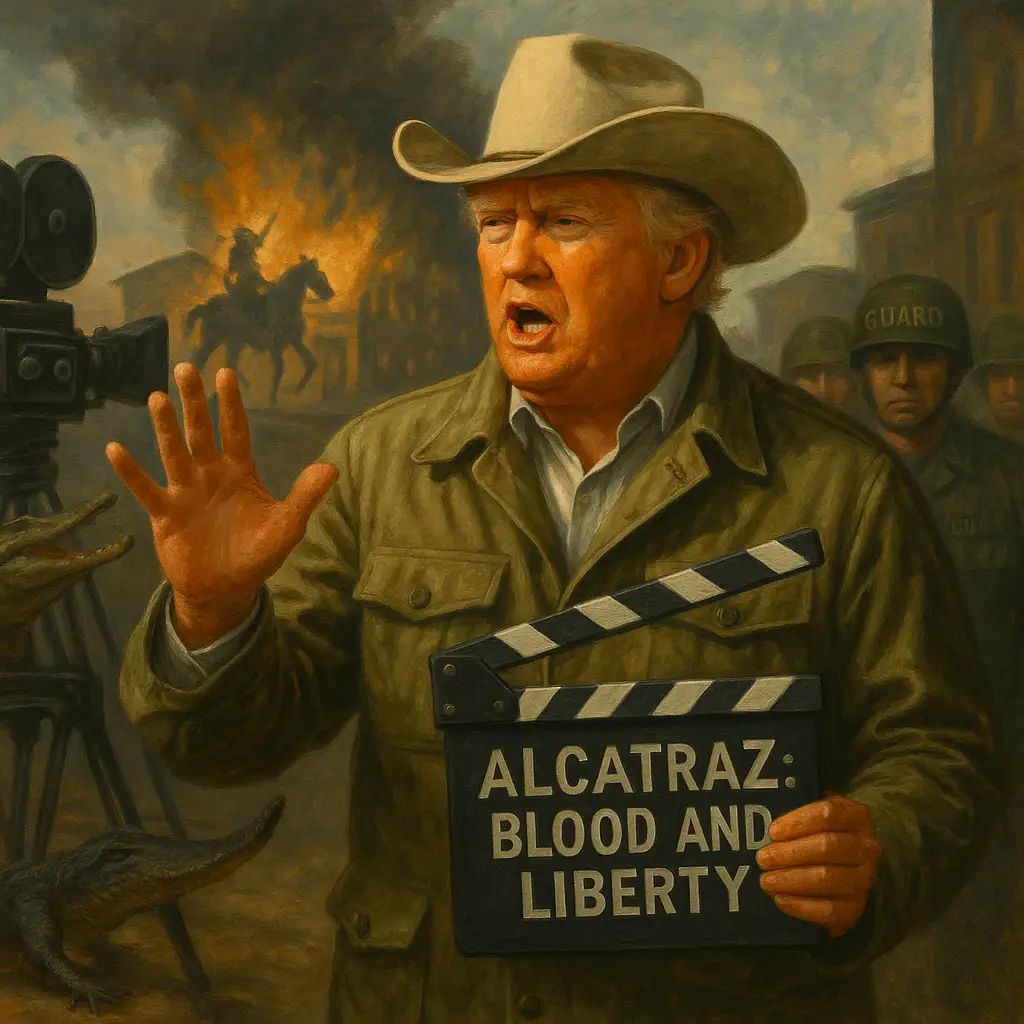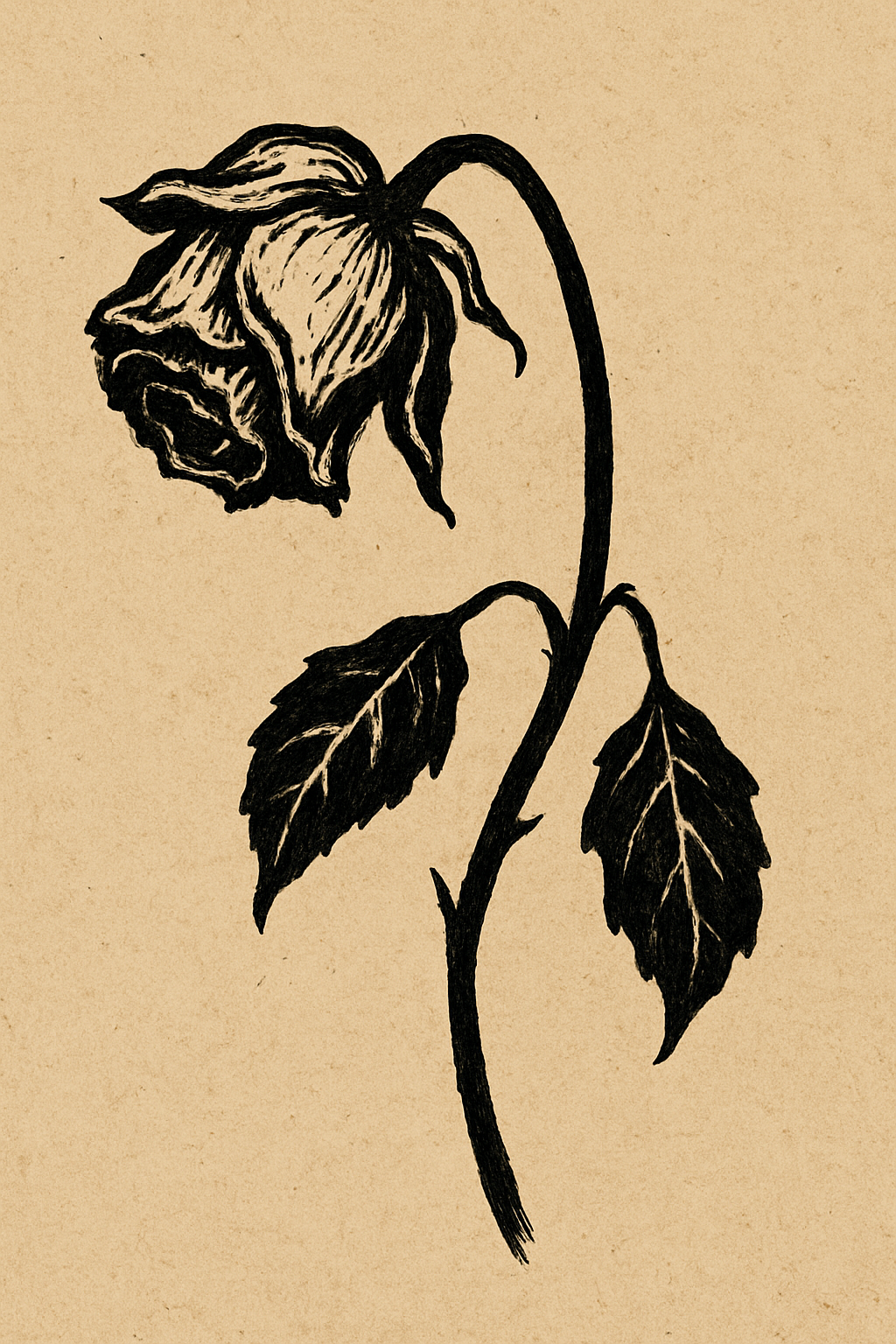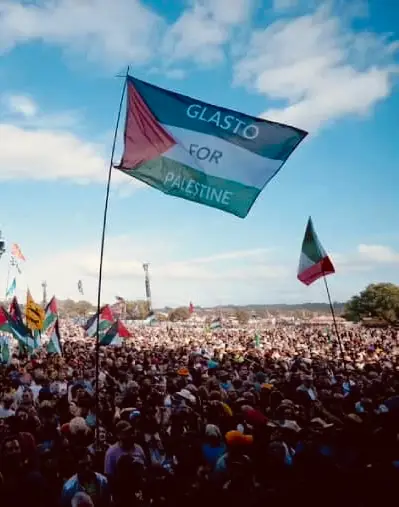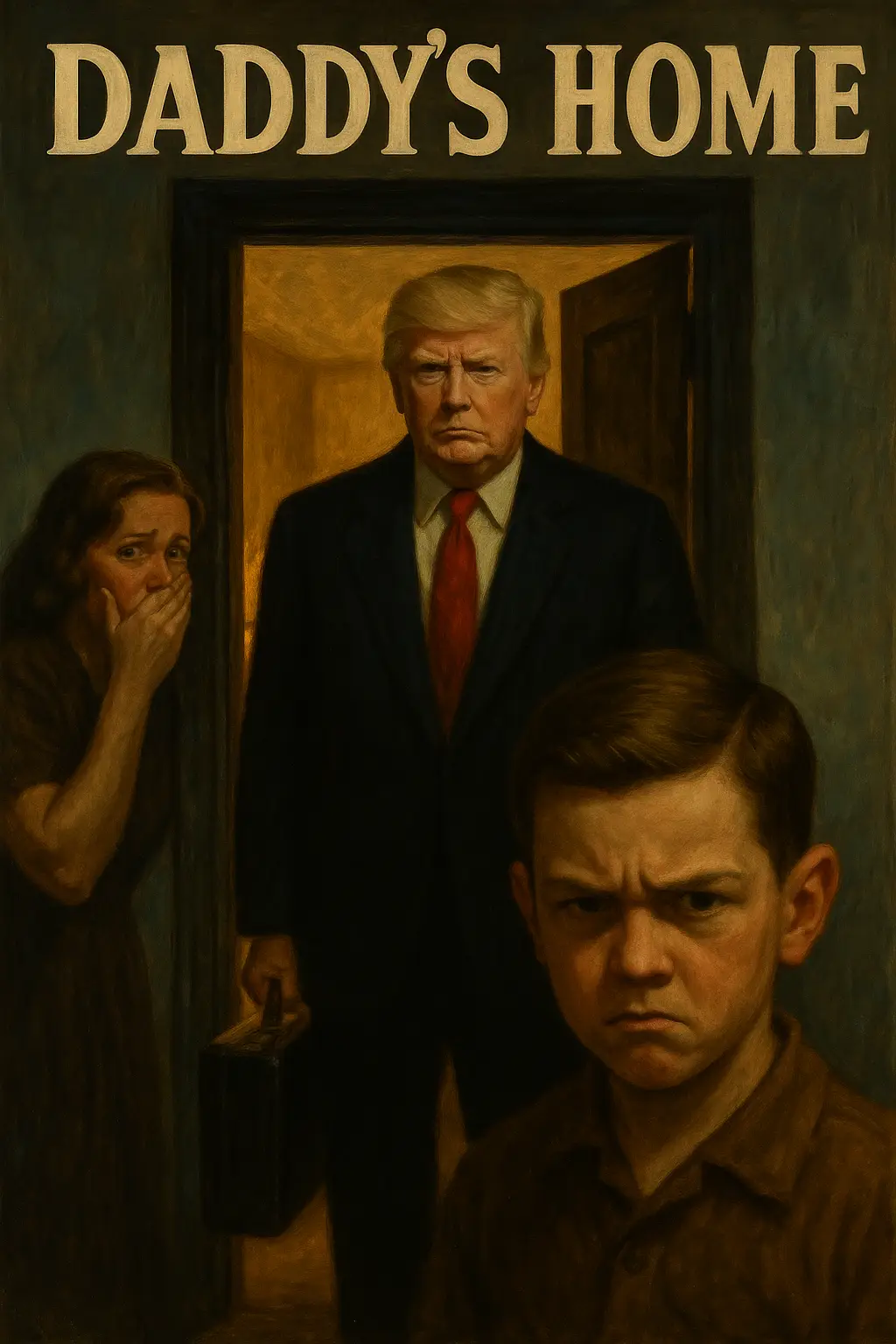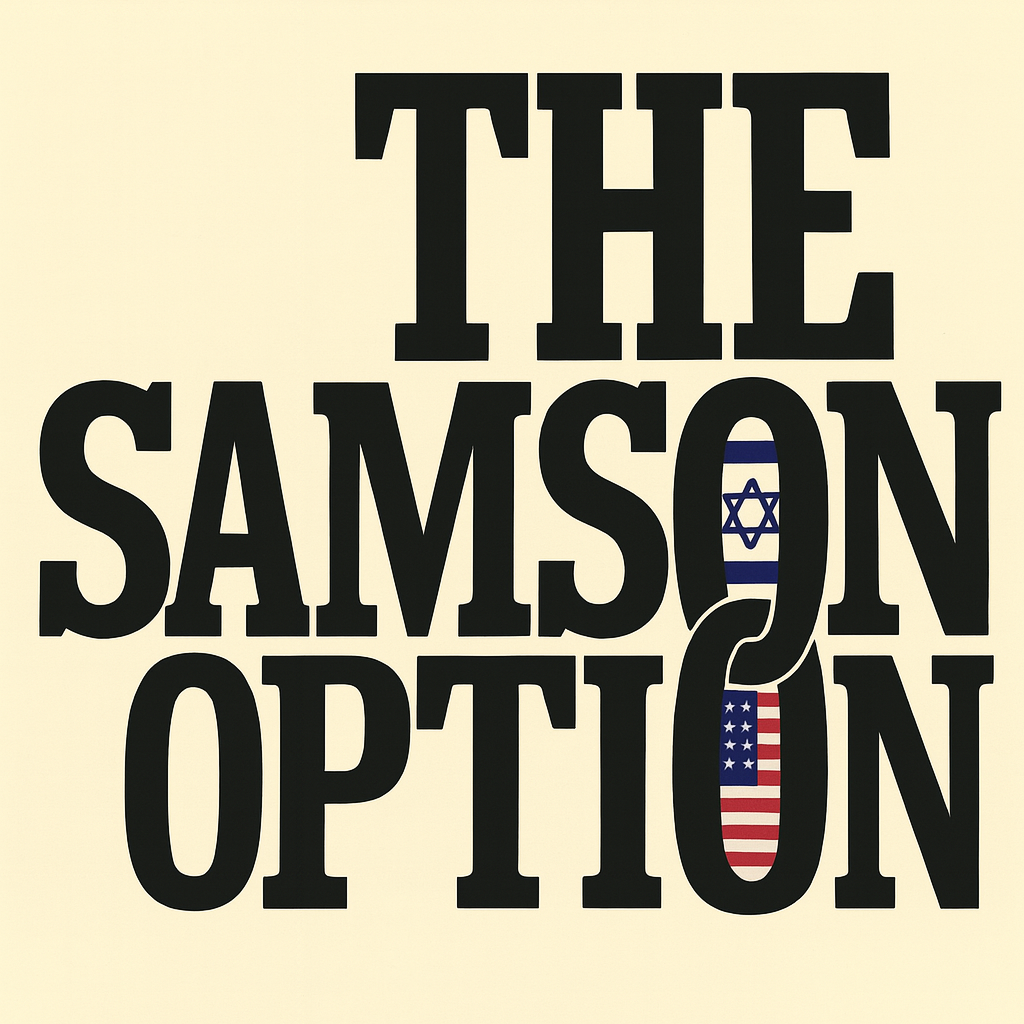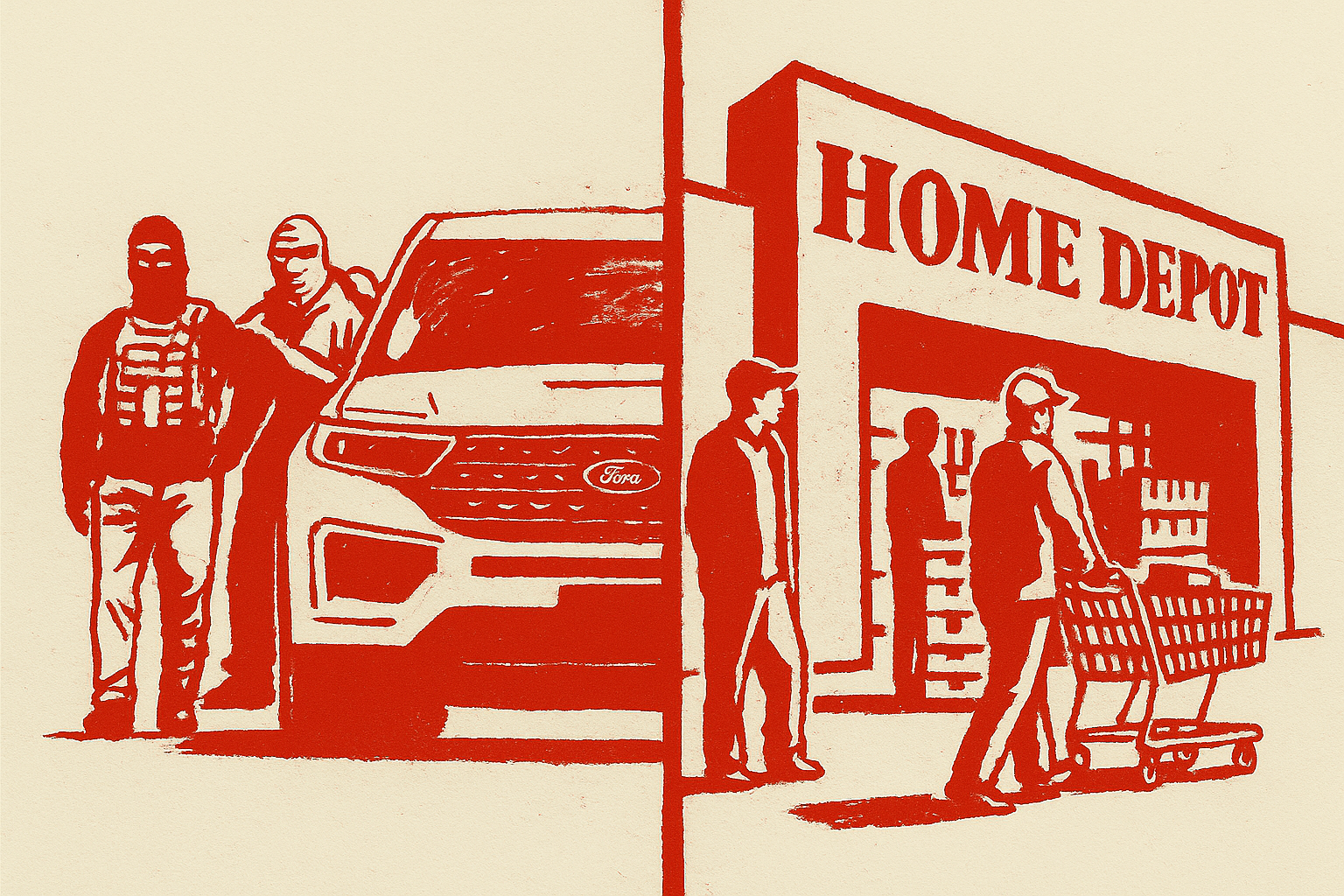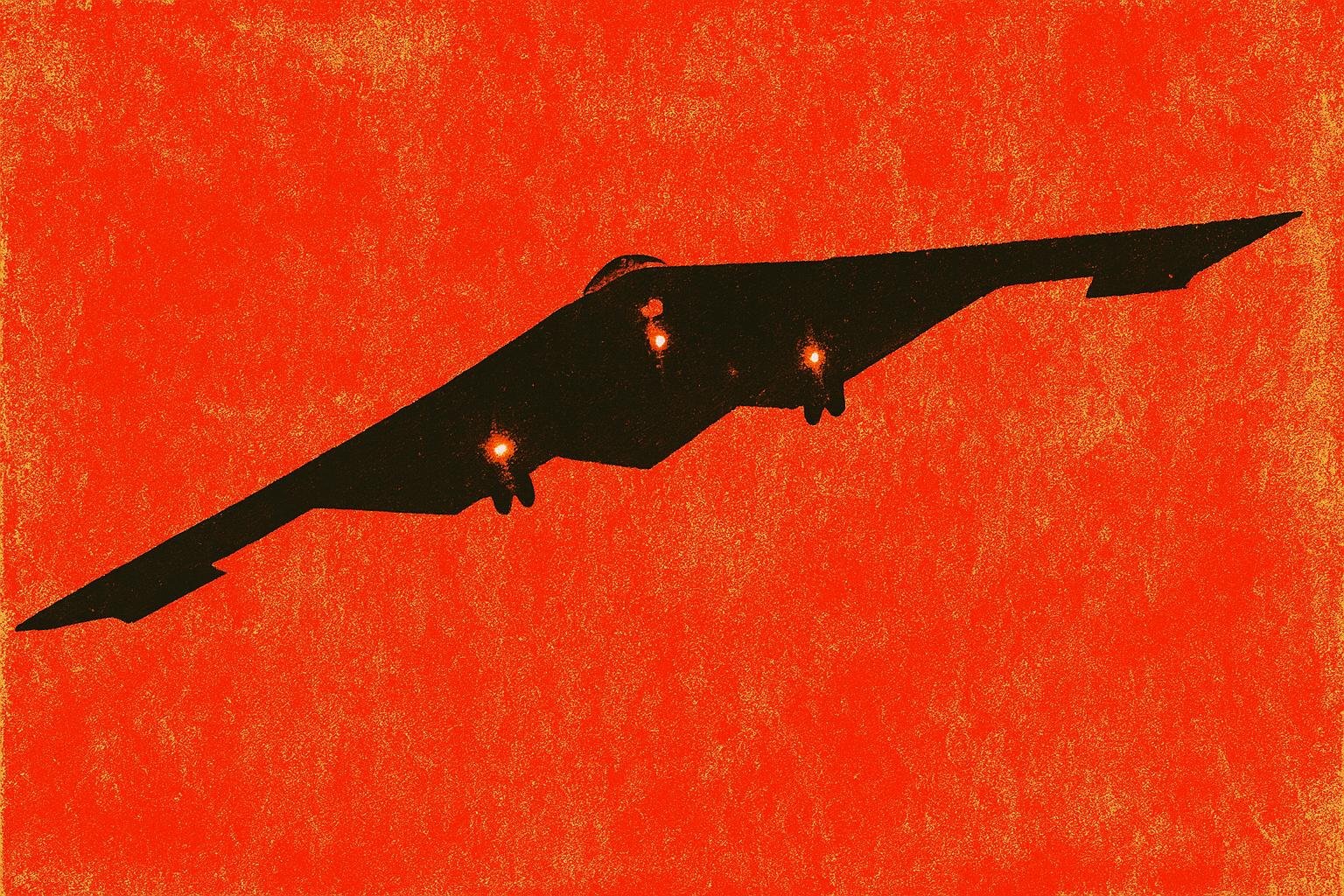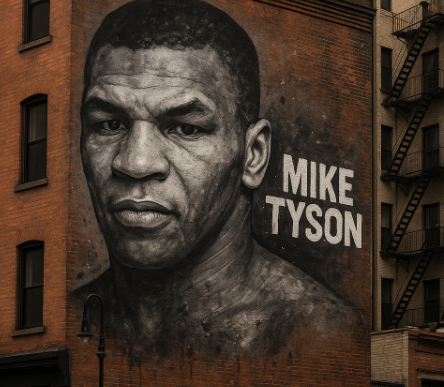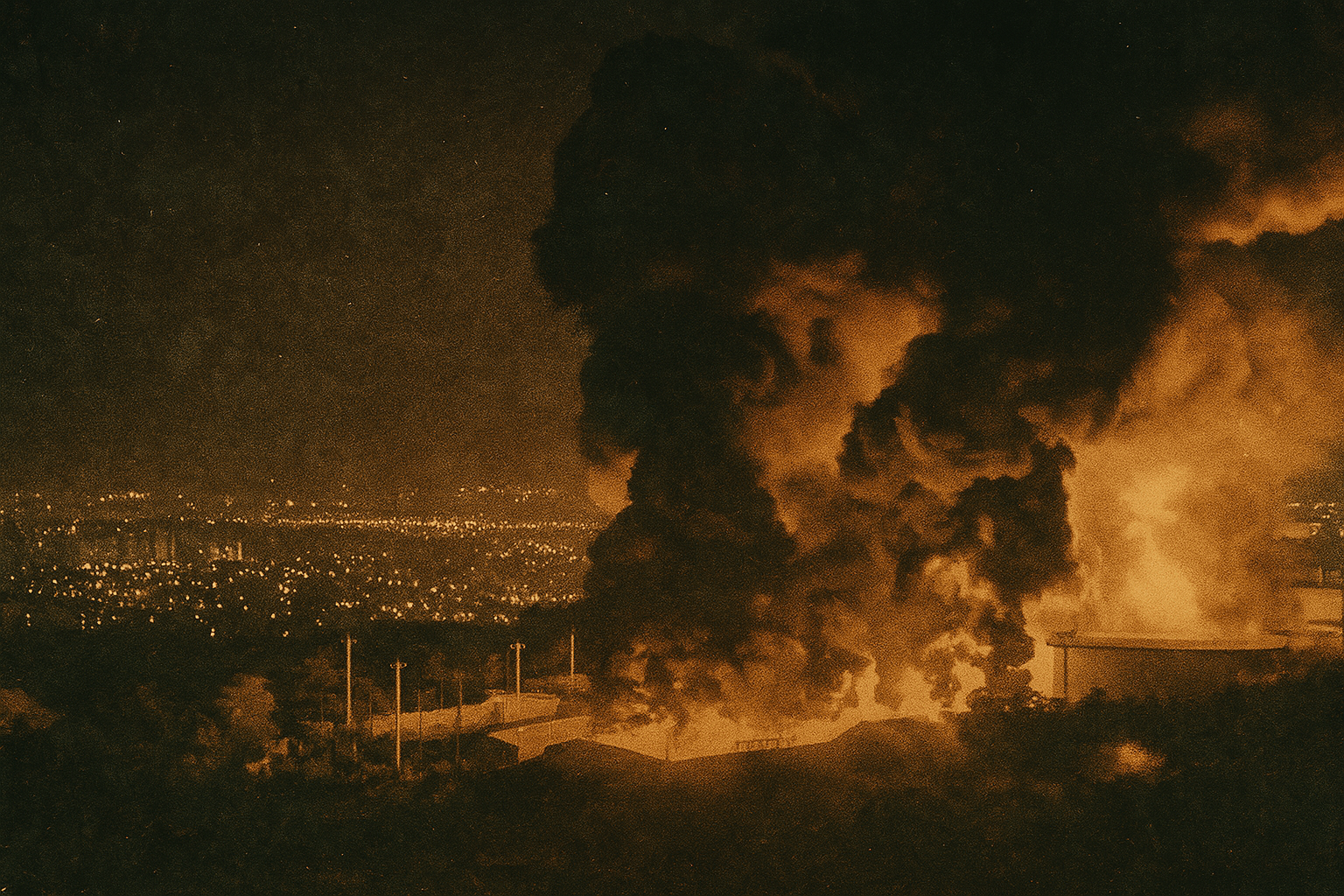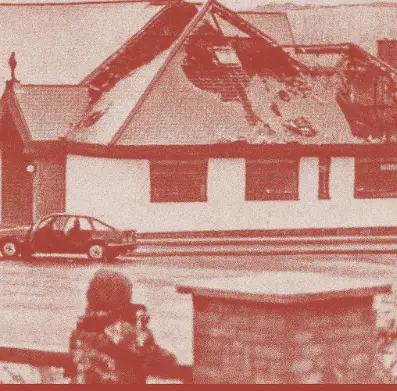
No One Is Above the Law—Not Even the SAS
The state demands loyalty from its killers, and contempt for those who ask why. To question the SAS is treated as heresy. To investigate them, as betrayal. But no one is above the law. Not even the men with night-vision goggles and state-sanctioned impunity. If the victims of British state violence are to be denied justice so that the myth of military virtue can remain intact, then we are not a democracy. We continue to be an empire that refuses to admit it.
